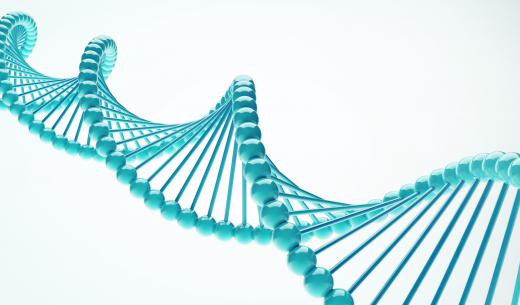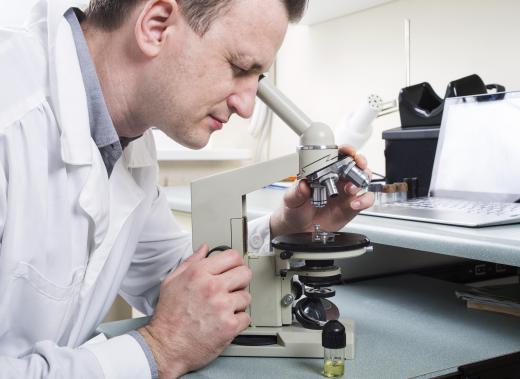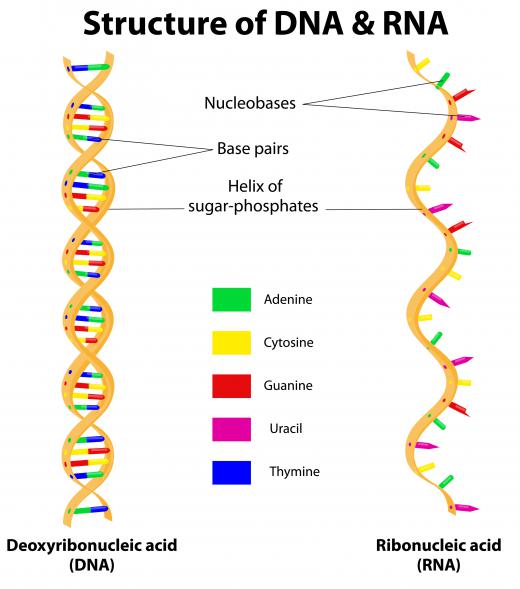What Is Acetylation?
Most of the proteins in the human body are altered through acetylation. This process involves the addition of an acetyl radical while a hydrogen atom leaves the molecule, so an acetate is formed. It has control over protein formation, drug biotransformation, as well as the regulation of deoxyribonucleic acid (DNA) and other genetic elements, as part of a process called histone acetylation. Substances called acetyltransferases trigger the reactions that occur, and certain kinds of these have been found in people with a tendency to develop cancer and other diseases.
For acetylation to occur, N-alpha-acetyltransferases have to be present. There are three common variations of these that are labeled A, B, and C that all act within the cells to transfer molecules. They also control the proteins that build up the cellular cytoskeleton, as well as assist with DNA transcription. Proteins that replicate DNA and repair damaged genetic material are created directly by acetylation. The reaction also determines the energy that proteins use during duplication which has an effect on how accurately genes can be copied.

Copying DNA usually results in mistakes in certain parts of the segment. Parts that have errors in genetic coding are removed by proteins and the segments are later attached, but there are different ways that DNA copying can take place. Sometimes less faulty pieces are removed, while in other cases a larger percentage of the error-filled segments are taken away. There is a way acetylation is triggered by cellular proteins and when the reaction begins, chemicals are added to the DNA-controlling proteins.

Acetylation is one of the most studied processes in epigenetics. If proteins can control how DNA is replicated and the amount of damaged components that increase with age, researchers believe that the regulation of acetylation might avoid or at least delay the onset of genetic-based diseases. The aging process could be delayed as well, but as of 2011 no drug exists that can regulate the protein activity of biological molecules in this way.

Many drugs are processed in the body through acetylation, either by biotransformation into an effective compound or to be metabolized into substances that the body can get rid of easier. Up to 90% of proteins are converted or somehow controlled by the reaction. This does not occur in dogs, but in many organisms is the primary method in which proteins interact with the genome.
AS FEATURED ON:
AS FEATURED ON:













Discuss this Article
Post your comments